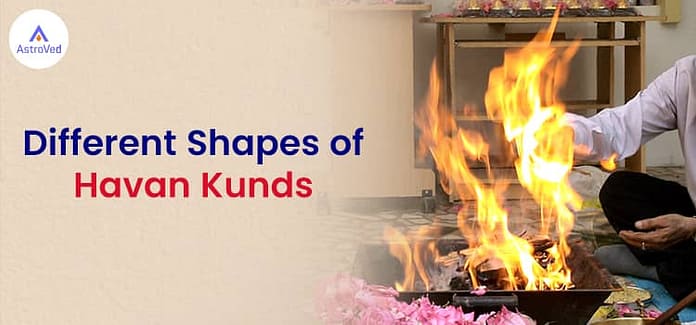What if science and spirituality have been by no means meant to be at odds—however fairly two eyes that assist us see actuality in its entirety?
One eye—Science reveals the exterior world: the construction of atoms, the dance of galaxies, and the intricate legal guidelines of physics. It teaches us how issues operate, from the smallest quarks to the huge cosmos. The opposite eye—Spirituality unveils the inner world: the character of consciousness, the mysteries of existence, and the rhythms of karma and dharma. It teaches us why issues matter and the way they form our future.
Shut one eye, and the world seems to be incomplete. Use each, and the reality comes alive.
Havan is without doubt one of the ten Vedic rituals (niyams – optimistic virtues) which might be prescribed for a devotee who needs to attain oneness with the divine in historic scriptures.
Havan is one other method to conduct the Deva Yagnya, which is a main Hindu ritual of worshipping the Gods. I.e. certainly one of man’s 5 common duties, in response to the Santana Dharma’s tenets.
Generally, a Havan is performed with the intention of attaining each materials and religious success.
In accordance with Indian scriptures, the human life runs on the philosophy of Yagya from beginning to the top. In Indian tradition, conceiving (garbhdhan) can be a sort of Yagya and so is the funeral (anteyeshti).
There are three root meanings of the phrase Yagya i.e. to worship (dev poojan), to harmonize (sangatikaran) and to bestow (daan karma).
As per the Panini Grammar, the foundation (dhatu) of the phrase Kund implies or means (1) protecting place (rakshanarth Kund) (2) object of the measurement (manarth Kund) and (3) the opening place, nurturer, place of fireside, pot for water (koshkaar Kund) and so forth. From the angle of Yagya, it’s taken because the place for hearth of Hawan (Yagya).
Thus, Vedic literature describes Kund as a medium to supply havi (choices) to the divine and the entire course of, because the Yagya. This Vedic ritual Yagya contains very strict mathematical measurement for each a part of the ritual.
The scale of the Mandap relies on the scale of the Kund and the scale of the Kund relies on the variety of choices. The variety of choices relies on the religious penance (Dharm-anushthan) it was meant for.
in Bhavishya Purana; Kund mandap siddhi descripts a complete of 10 kinds of shapes
(1) Round Formed / Vrittakaar kund for Peace,
(2) Semi-circular formed / Ardhchandrakar for welfare,
(3) Vulvar formed / Yoni Kund to get progeny (little one) and to deal with girls’s ailments,
(4) Trigonal formed / Trayasra to win over enemies,
(5) Lotus formed / Abaj Kund (Padma) to induce well being, peace, wealth, optimistic consequence and rain,
(6) Sq. formed /Chatursra Kund for every little thing good,
(7) Pentagonal formed / Panchasra Kund for peace from enemey energies,
(8) Hexagonal formed/ Shadasra Kund for defying enemies
(9) Heptogonal formed / Saptakar Kund to deal with psychological dysfunction
(10) Octogonal formed / Ashtasra Kund to realize good well being

